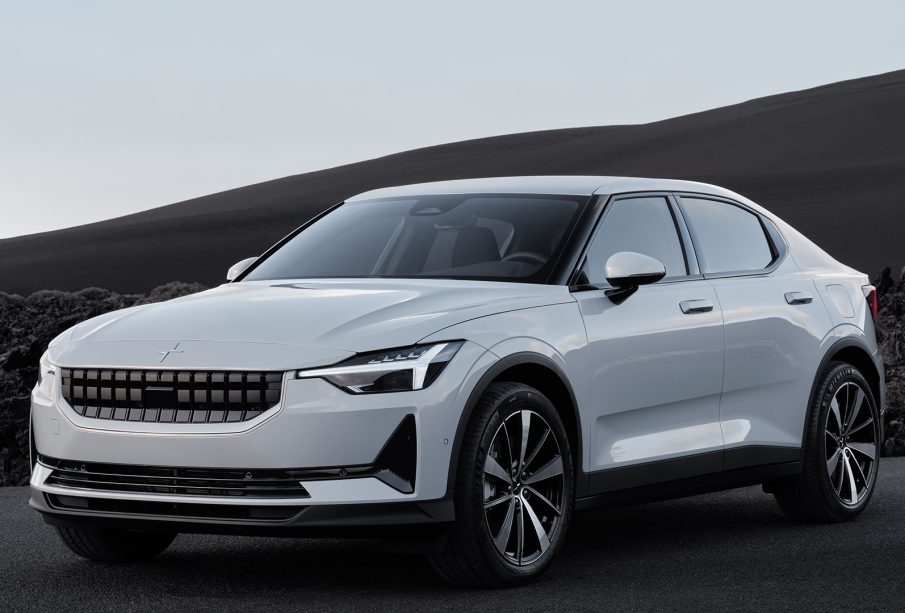Polestar: Pioneering the Electric Vehicle Revolution

Introduction
As the world shifts towards cleaner energy solutions, electric vehicles (EVs) have become a pivotal topic in discussions about sustainability and innovation. Polestar, a Swedish automotive brand, has emerged as a key player in this industry, combining high-performance engineering with sleek design and sustainability. Established as a subsidiary of Volvo Cars and Geely, Polestar aims to provide a greener alternative to traditional vehicles.
Recent Developments
Polestar has been making headlines recently with the announcement of its upcoming models, including the eagerly anticipated Polestar 3, which is set to hit the market in 2023. This SUV is designed to offer impressive performance while maintaining eco-friendly credentials through the use of sustainably sourced materials and advanced battery technology. Moreover, the company has declared its intention to become a fully carbon-neutral brand by 2030, demonstrating its commitment to environmental goals.
Additionally, Polestar’s ambitious plans include expanding its production capabilities. Recently, they opened a new plant in the United States, which is expected to enhance their market presence and reduce delivery times for American customers. The plant signifies a strategic push to capture a larger market share, especially in the fast-growing EV sector.
Polestar’s Environmental Commitment
Polestar’s models are not just about electric mobility; they also emphasise sustainability throughout the vehicle lifecycle. The company actively engages in reducing its carbon footprint by employing innovative recycling processes and aiming to source materials from responsible suppliers. For instance, the use of natural and recycled materials in vehicle interiors looks to not just reduce waste, but also appeal to environmentally conscious consumers.
The Future Outlook
With growing pressures on automotive manufacturers to adapt to environmental concerns, Polestar is well-positioned to thrive. The projected growth of the global electric vehicle market, which is expected to reach over 26 million units by 2030, offers significant opportunities for Polestar to expand its reach. As consumer preferences shift towards greener technologies, Polestar’s commitment to performance, design, and sustainability could solidify its standing as a leader in the EV market.
Conclusion
In conclusion, Polestar is not just contributing to the electric vehicle segment, but is setting a standard for environmental responsibility and innovative engineering. As advancements continue and public interest in sustainable transport grows, Polestar’s role as a pioneer in the industry is likely to become even more pronounced. For readers interested in the future of transportation, Polestar represents both a brand to watch and a model of what sustainable automotive technology can achieve.









